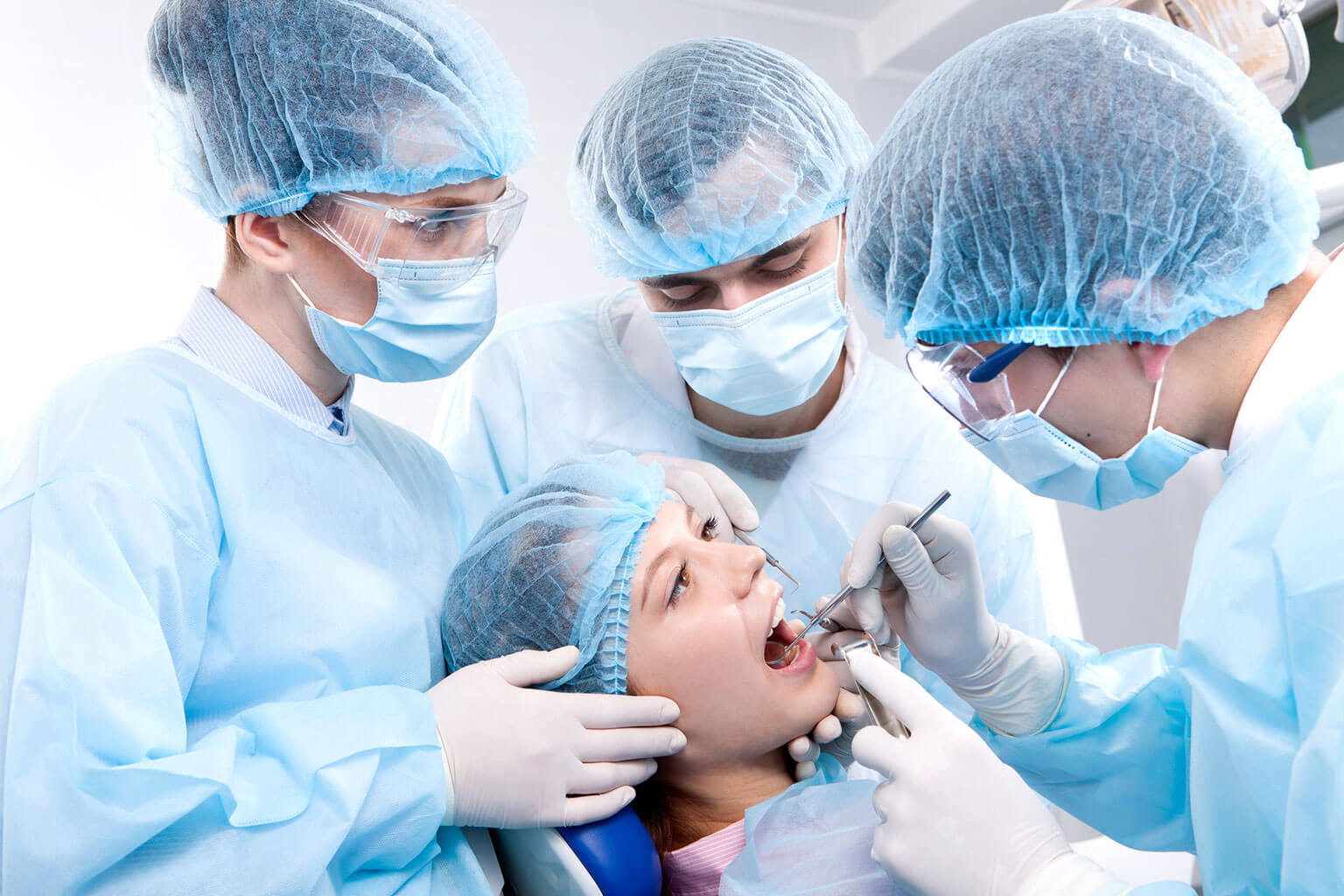
The pandemic outbreak of corona virus disease ( COVID- 19) created a significant impact on the oral healthcare profession, and dentist are reported to have a higher risk of transmission. Dental surgeons, dental assistant, dental hygienist and patients have always been at higher risk of cross infection because of the exposure to pathogenic micro organisms and virus derived from oral cavity and airway. These professionals face daily risk of contagious and infection transmission due to close contact with patient’s oral cavity and presence of bacteria and virus in the aerosol generated by dental instrument, although dental and medical associations globally developed various protocols and algorithm with standard infection control protocol. Due to this situation many questions arises in the mind of dental surgeon as well as patients for the dental treatment. This blog focuses on the protective measures should be taken to avoid cross transmission of infection.
Protection to avoid infection with COVID –
In dental clinics and hospitals, all dental patients should be considered as potentially infected, therefore personal protective equipment (PPE) such as disposable waterproof scrubs, gloves, eye wear protection, face shield, disposable shoe cover and mask is highly recommended
Airway protection
In Dentistry the most indicated ppe for airway protection is the filtering face piece (ffp) mask which also can block virus practicle, because air droplets of COVID particle estimated to be 0.06-0.14 mm in the diameter the most efficient mask are presumed to be FFP2/N99 and N100, surgical masks however remains valid devises for all non aerosol generating procedure. FFP3/N99 and N100, face pieces without valves seems to be the devices primarily indicated the highest level of protection for both operator and patient, but it is quite challenging to achieve normal air exhalation when these face pieces are used for an extended period of time. In dental procedure the mask should be considered as disposable and the mean surgical period does not exceed 2 hours; therefore it is suggested to use a mask with the highest filtration efficacy without a valve, or a valve mask covered by a surgical mask.
Eye protection
The ocular pathway is known to be one of the most frequent routes of infection with covid. plastic shields may be preferred to glasses because of there greater capacity to protect the face from aerosol droplets.
Protocol to prevent spread of COVID- 19 in Dental clinics.
A medical history –
A triage area is mandatory for initial evaluation of patient so that close contact between patient and healthcare professionals is avoided. Primary history of patients should consist of body temperature measurement and a brief survey to investigate possible fever, cough or dyspnea in past 14 days, as well as contact with individuals who could have been potentially infected. patients answering “yes” to any of these survey questions and who have a body temperature of 99.5 degree Fahrenheit should not be treated for 14 days. Patients who have recovered from covid 19 can be treated 30 days after remission of system.
Environmental disinfection
Each potentially contaminated surface should be cleaned and then disinfected hydro-alcoholic disinfectants containing as alcohol concentration of >60%
Antimicrobial agent
An ideal way to reduce the microbial load in the oral cavity is rinsing before dental procedure. Because Sars-CoV-12 is sensitive to oxidation, mouth rinses containing 1 % hydrogen peroxide or 0.2 % povidone- iodine have been proposed.
Hand hygiene
It is the most important preventive measure to reduce the risk of transmission of microorganisms between dentist and patients
Minimally invasive procedure
When posible, it is recomended to avoid dental procedure that could cause cough and regurgitation. orthopantomography (OPG) or cone beam computed tomography (CBCT) are preffered X-rays should be avoided because they could provoke hypersalivation, coughing or vomiting.
Rubber dam
When handpieces or ultrasonic devices must be used, the use of rubber dam is indicated as this significantly reduses the amount of aerosol containing saliva and blood
Hight-speed saliva ejectors
High-speed saliva ejectors or surgical ejectors are highle recommended during dental procedure as they can reduces the spread of droplets
Anti-retraction hight-speed handpiece
Anti- retraction haDental clinic sanitization handpiece effectively reduce the return of bacteria and viruses into the tubing system, the use of handpiece with the anti-retracting system should be avoided during pandemic
Dental clinic sanitisation
An adequate air change after each dental procedure after each dental procedure by opening the window in syrgical room and in the waiting room. safe distance must be maintained in patients room
Airdepuration systems have been developed to filter and to recirculate the air of surgical rooms and clinics.
Ozone is the natural gas and one of the most effective system for enviromental sanitisation
Germisidal ultraviolet (UV) radiation also represent a valid resterilsation option.
